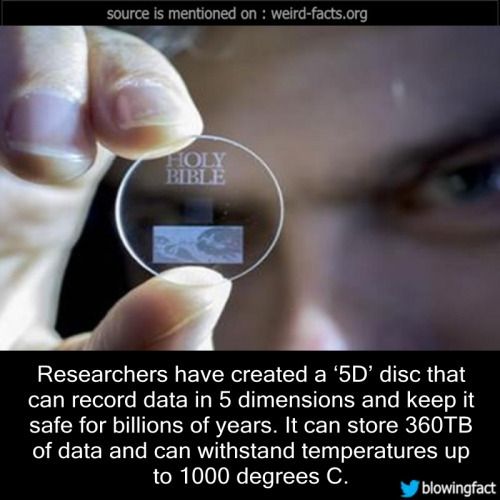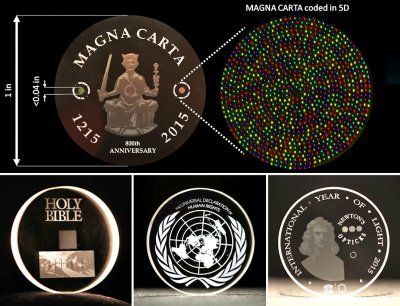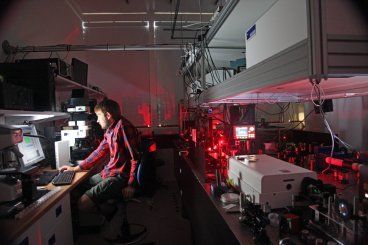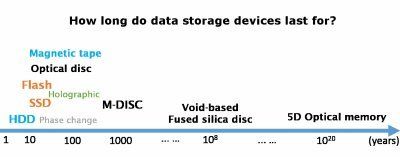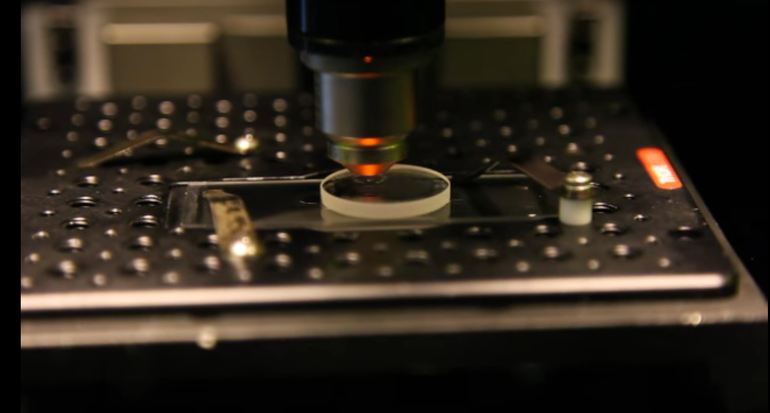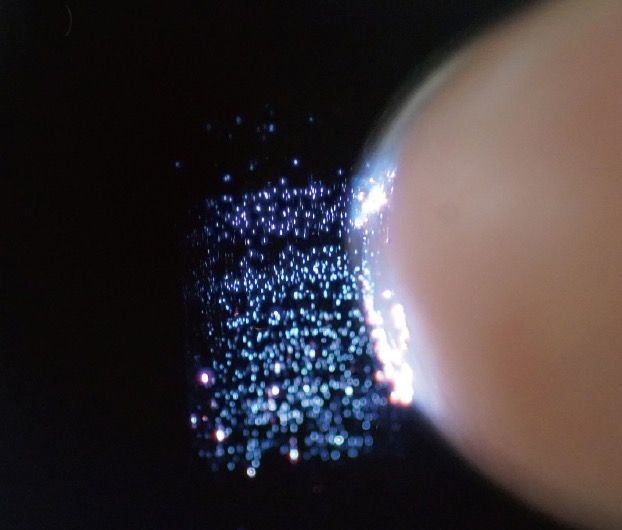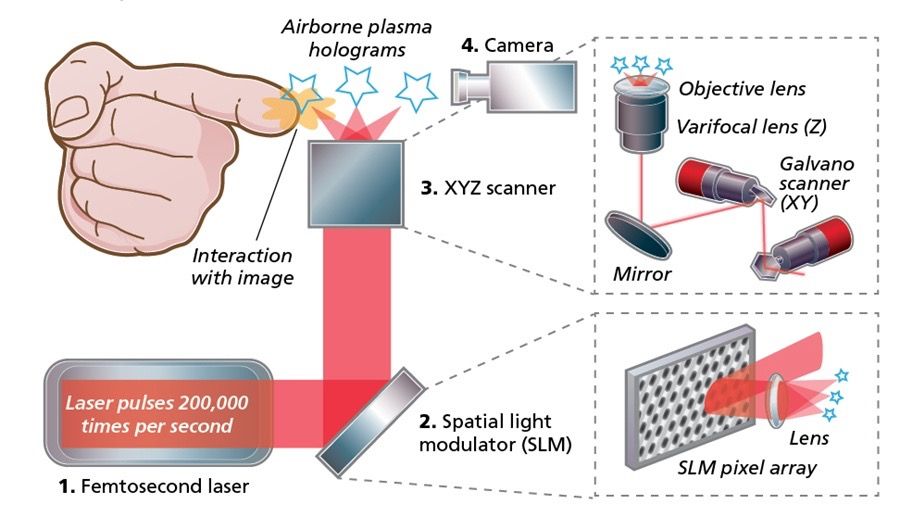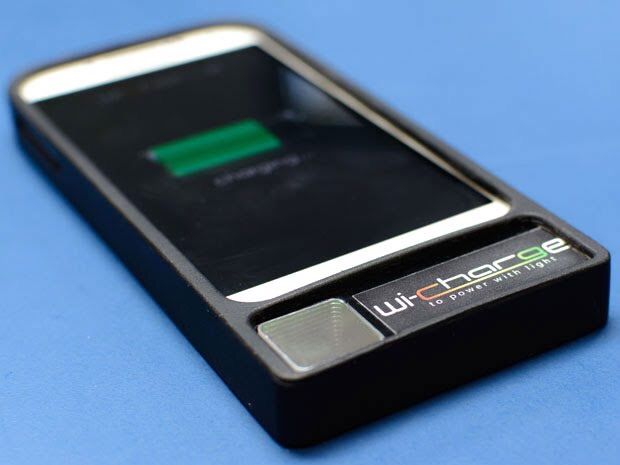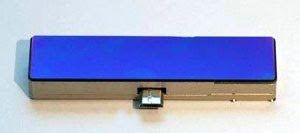madmacmo
0
- Joined
- Dec 28, 2009
- Messages
- 284
- Points
- 63
AVWeb.com By Mary Grady , Contributing Editor | March 15, 2016
MIT's New Battery Tech Shows Promise For Aviation
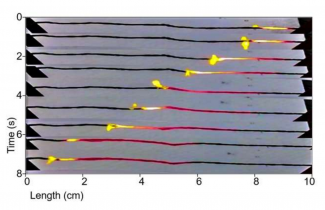
MIT's New Battery Tech Shows Promise For Aviation

In this time-lapse series of photos, progressing from top to bottom, a coating of sucrose (ordinary sugar) over a wire made of carbon nanotubes is lit at the left end, and burns from one end to the other. As it heats the wire, it drives a wave of electrons along with it, thus converting the heat into electricity.
Researchers at the Massachusetts Institute of Technology have come up with a new system for generating electricity that could*show promise for powering small airplanes.*"The potential energy density of this power source is on the same scale with petrochemical energy sources, and it is orders of magnitude higher than commercial lithium ion batteries," Michael Strano, an MIT professor of chemical engineering, told AVweb this week. "It definitely has the potential to power airplanes of any size," Strano said, "especially after our continuous power output methodology (which is not included in this report) is worked out." The report on the team's experiments was published this week in the journal Energy & Environmental Science.
The new approach is based on a discovery announced in 2010 by Strano and his co-workers: A wire made from tiny cylinders of carbon, known as carbon nanotubes, can produce an electrical current when it is progressively heated from one end to the other, for example by coating it with a combustible material and then lighting one end to let it burn like a fuse. That discovery represented a previously unknown phenomenon. Strano and his team have increased the efficiency of the process more than a thousandfold and have produced devices that can put out power that is, pound for pound, in the same ballpark as what can be produced by today's best batteries, accordingp to MIT.
Strano said an open flame is not the only way to make the technology work. "The reaction wave can be triggered via multiple methods, such as a laser (demonstrated in the past), a joule heater (used in this report), etc.," he told AVweb
Strano added that his 2010 experiments with the technology demonstrated seven times the power density as compared to a commercial lithium ion battery. "Even with the current numbers, we could sustain an engine that is seven times as powerful as before, which allows us to bring more fuels on board," he said. "Given similar energy density of the device, it should not come as a surprise that it will sustain a longer flight time than the current battery technology. Exactly how much longer depends on the efficiency of the engine as well as the aerodynamics, in that how much more weight can an engine pull given it could generate seven times its original power."
This video from June 2010 demonstrates the basic technology. It was produced by*"Daily Planet" on Discovery Channel Canada.
Last edited:





